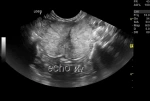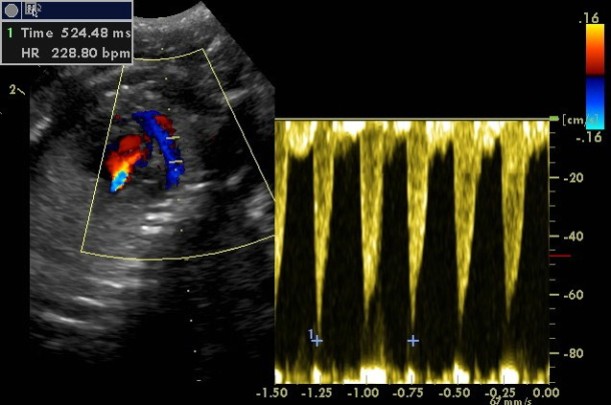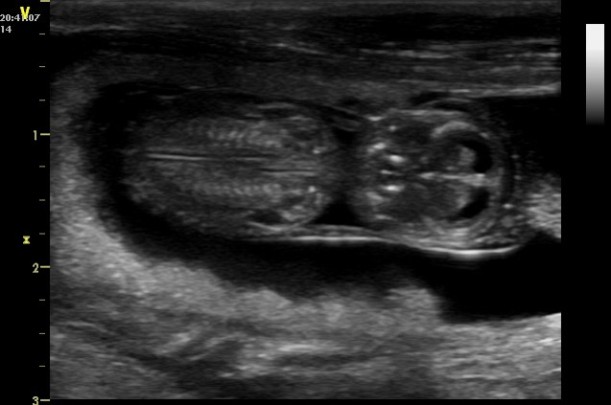Hi everybody!
In the next posts we will discuss a little bit about the prostate of the dog and will try to distinguish mythology from real life!
We all know that the prostate gland is changing in accordance with the age of the dog. These age-related changes have been documented in the veterinary literature. It is well known for example that the prostate gland commonly develops benign prostatic hyperplasia (BPH) in intact male dogs over 5 years, while in dogs older than 6 years signs suggestive of prostatic disease are commonly found.
The incidence of prostatic diseases has risen steadily over the past years as a result of dog’s life expectancy increase! The overall median age of death is 11 years approximately and, according to the literature, there is a tendency to increase more. This is the result of several different factors, such as better management, better nutrition, owner education and improved veterinary care and prevention.
Most common prostatic diseases such as BPH, and cysts are generally asymptomatic at their onset and their early detection would allow the veterinarian to plan specific follow up and to recommend effective therapeutic protocols. So, a non-invasive screening of the prostate status and health would be advisable as a part of a preventive medicine program of geriatric diseases in dogs.

The physio-pathological process of aging of the prostate gland has been well studied, but still no information is available about at what age, how often and even whether a screening program of the prostate health should be recommended in dogs. To define a screening program, the age when the examination should begin, is the first decision to be made. Due to different breed’s expected longevity, a dog of a certain age might be considered as geriatric in large breeds, and not geriatric in small breeds. For instance, small-breed dogs become geriatric at about 11 years, whereas giant-breed dogs at 7 years. Longevity in crossbred dogs exceeds that of purebred dogs by 1.2 years and increasing bodyweight is negatively correlated with life expectancy. Thus, the age for the early detection of abnormalities in the prostate could vary in dogs of different breeds…
On the basis of all these, our group decided to perform a study in order to estimate the recommended age for a preventive ultrasonographic examination of the prostate in the dog. In the forthcoming posts, we will present you the design of our study! So stay tuned!
Till then, enjoy your life and love your pets!










